WINTHROP — Alberta Longone-Messer understood the significance. The woman had given her the cup as treasured gift, but Longone-Messer knew drinking the water inside could make her violently ill. She stood looking at the cup, wondering how to honor the woman’s graciousness while still preserving her health.
“I looked at my colleagues,” Longone-Messer recalled. “I knew I couldn’t drink it. How can I tell her I can’t do this?”
Her escape came when fellow medical missionaries distracted the host with conversation long enough for Longone-Messer to pour the water out.
That moment in a hut in the Guatemalan village of El Pilar, and countless other encounters like it, have crystallized Longone-Messer’s resolve to supply the people of El Pilar, and three other villages in the region, with safe drinking water. The effort, which began taking shape about 18 months ago, has gained support from nonprofits and volunteers in Guatemala and across the eastern half of the United States.
“I look forward to accepting their water when we go to their homes,” Longone-Messer said.
A pediatric nurse practitioner from Wayne, Longone-Messer first went to Guatemala five years ago with Helping Hands Medical Mission, which organizes short-term missionary teams composed of Catholic doctors, nurses and volunteers who come from all areas of the United States and Canada to work with a team of doctors from the host country. Longone-Messer has worked in the Escuintla region, which is nearly three hours’ travel southeast of Guatemala City.
Her teams have worked in La Democracia, El Arenal and El Pilar. Each of the villages has a population of 20,000 to 25,000 people, but they are situated in remote places that make it difficult to find medical attention.
“They have no physician in the area,” Longone-Messer said. “The closest medical facility is about 2 1/2 hours.”
The government at one time paid for doctors to work in the area, but that funding dried up, forcing the physicians to leave.
However, Longone-Messer said, money was just one of the reasons the doctors left. They also were driven out by the pollution in the air and in the water, and from lack of sanitation. Doctors had to carry water for routine procedures, and that water was often unsafe.
“They don’t have what we would think of as typical latrines,” Longone-Messer said.
WATER FIX
She and her medical mission teammates, who go twice a year to try to fill in the health care gap, noticed they were seeing the same types of maladies, including typhoid, malaria and intestinal parasites and worms. The average life span in the area is 50 years, and the infant mortality rate is high, Longone-Messer said. Much of it, she said, is caused by poor sanitation, which leads to dangerous water. Most children’s families can’t afford to send them to school, but pollution has hampered the learning ability of those who do, limiting what children are able to get out of education, Longone-Messer said. Many children were too sick even to attend school.
The medical team was treating about 2,500 people per day, but its work began to feel like applying a Band-Aid to a gaping wound.
“We do a good job while we’re there, but we just hit the tip of the iceberg,” Longone-Messer said. “We still have people we were unable to see. There was still a line.”
She and her teammates began to ask how to fix the problem and involve the people in the village in the process.
“The culprit, we know, is this polluted water,” she said. “How do we correct it? How do we get them in the community to be really involved in this problem?”
The answers began to come with a Google search of organizations that help provide clean water. That led the group to Water Missions International, a South Carolina-based Christian nonprofit that has helped provide safe water to more than 4 million people in 48 countries around the world. Water Missions has developed the Living Water Treatment system, which is essentially a miniature water treatment plant that removes particles and bacteria.
Longone-Messer and her medical team 18 months ago returned to Guatemala to conduct a water assessment for Water Missions International. They gave everyone who came to see them a survey asking for information about each family’s water source and latrines.
“We heard all the things that we predicted we would hear,” she said. “Our water is from streams that are so polluted that they look like mud. Some had to walk miles to get water. They used jugs that were contaminated because they didn’t have good water to clean them. They also have no sanitation as we think of sanitation.”
Water Missions International agreed to help and sent its own engineers to study the situation in the region further.
“There was every kind of pollutant you can think of,” Longone-Messer said. “They saw what we wrote was right, and even worse.”
MONEY NEEDED
With an experienced partner in tow, Longone-Messer and her team looked for funding. Their search turned up Rotary International, specifically the Winthrop Area Rotary, which brings together groups of professionals to take on various humanitarian projects, including disease prevention and treatment, water and sanitation. Nobody Longone-Messer knew was in the Rotary.
“This was going to be a new pathway for me,” she said.
Longone-Messer and her husband, Bill Messer, who happens to be a chemist and water treatment specialist, have both since joined the Winthrop Area Rotary. They have shared with other members the horrors caused by the water in Guatemala.
Bill McKenna, a longtime member of the Winthrop Area Rotary, said the other members were moved by what they heard and wanted to help.
“You may only have $10, but it’s going to Bert,” McKenna said, referring to Longone-Messer by her nickname.
Rotarians throughout the East began to get behind the project. Patrick Smyth, a Rotarian and urban developer and engineer from Syracuse, New York, Longone-Messer and Bill Messer began reaching out to people in Guatemala.
“We need a team there to do what we’re doing, looking at funding and getting communities to buy into it,” Longone-Messer said.
The Rev. Emilton Gonzales, a Catholic priest serving the three villages, took the lead to develop that team. Clean water, Gonzalez recognized, not only would improve the people’s health, but it also would allow the doctors to come back and work more effectively.
“He said, ‘We know this has to happen,'” Longone-Messer said.
The team soon grew to include two young Guatemalan women — Angel Bearl, an English professor; and Isabel Sanchez, an engineer. Both women, now in their 20s, work in Guatemala City but grew up in the Escuintla region and are anxious to help. The Guatemalan team, which now includes the local Rotary club specializing in latrines, already has gone to work, providing educational sessions on why the water is harmful and what steps are required to make it safe. That education is crucial if the people are to take over the effort to keep their water safe, Longone-Messer said.
“That’s the whole point of sustainability,” she said. “Now we have commissions that have formed so when we’re down there to do the first drilled well, we’re going to have what we need to have backup and to start the sustainability.”
VOLUNTEER NETWORK
The effort also has grown in this country, attracting support of Rotarians in Louisiana, Florida and New Hampshire.
“The Rotary has 1.3 million members in 39,000 clubs in 160 countries,” McKenna said. “We’re a pretty good network of community volunteers.”
The effort has also gathered the support of various religious denominations, Longone-Messer said.
“This is showing all religions can be in together, just like the poor and rich can be in together,” she said.
Everything is lining up to enable the drilling of wells to begin except the funding, Longone-Messer said. Initial estimates peg the cost from $300,000 to $500,000.
The first phase will include drilling a well and restoring a well that is not working, in El Pilar. There also will be a distribution center with trucks to help deliver the water to outlying areas.
Crews also plan to drill a well in El Arenal.
“Guatemala has a lot of water, but you have to get down to that water,” Longone-Messer said. Engineers have decided to drill for that water, about 500 feet below the surface, rather than use the Living Water filtration system.
In La Democracia, the plan is to get a waste treatment system, already on site, back up and running. A Living Water System will be hooked to an existing water supply system. Magdelana Sugar Plantation, the fifth-largest in the world, has offered equipment to drill the wells.
“We’re probably not going to be able to do this all at one time,” Longone-Messer said. “We think those three things we can do without doing other drilling in these areas. We need to make sure every town has a source of clean water.”
Craig Crosby — 621-5642
Twitter: @CraigCrosby4
Send questions/comments to the editors.

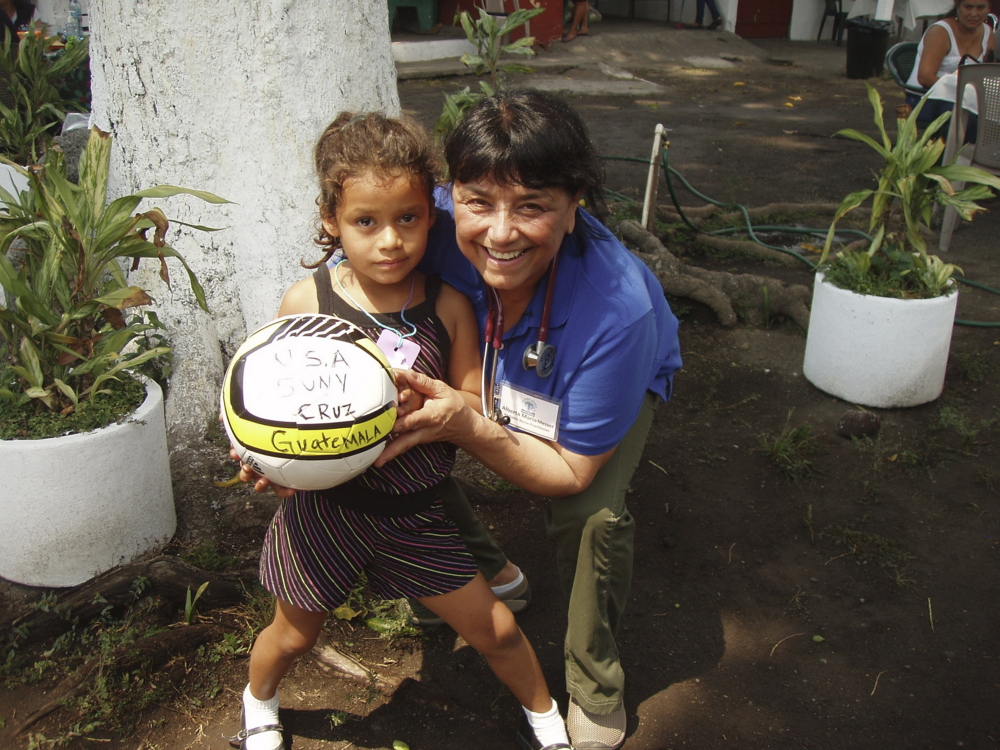
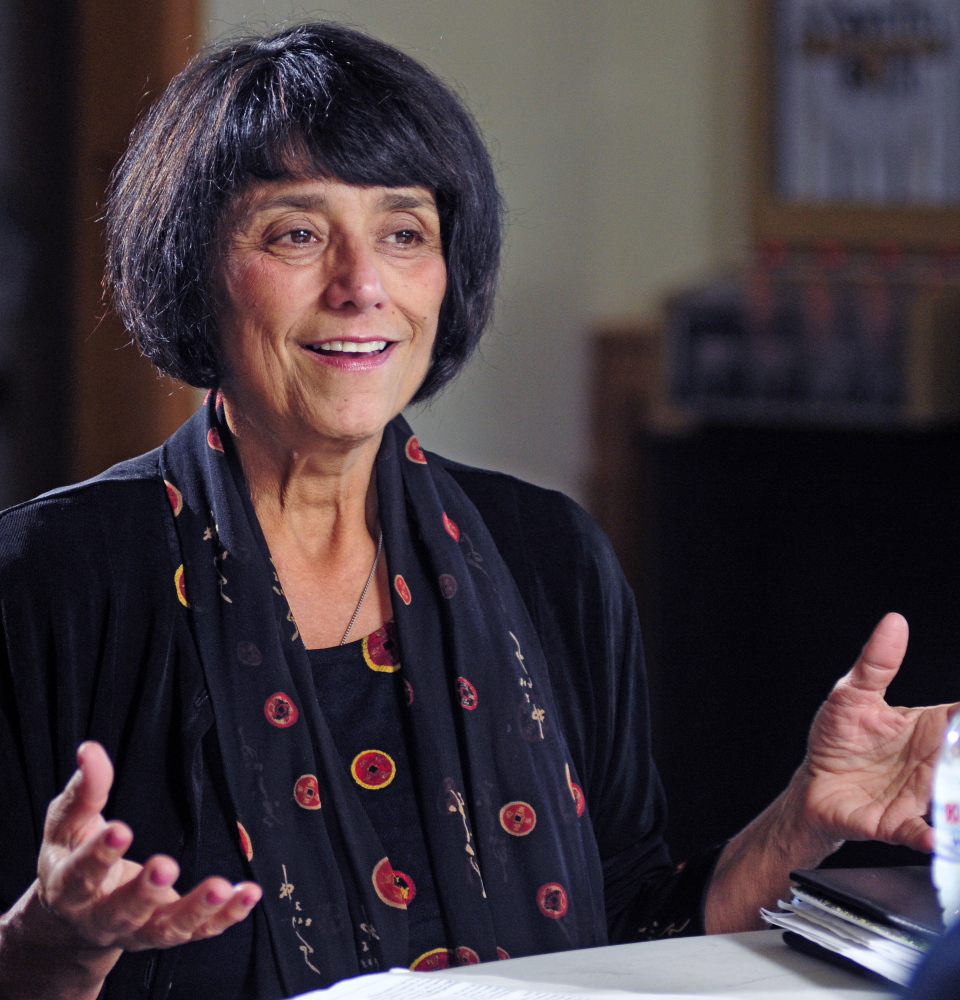
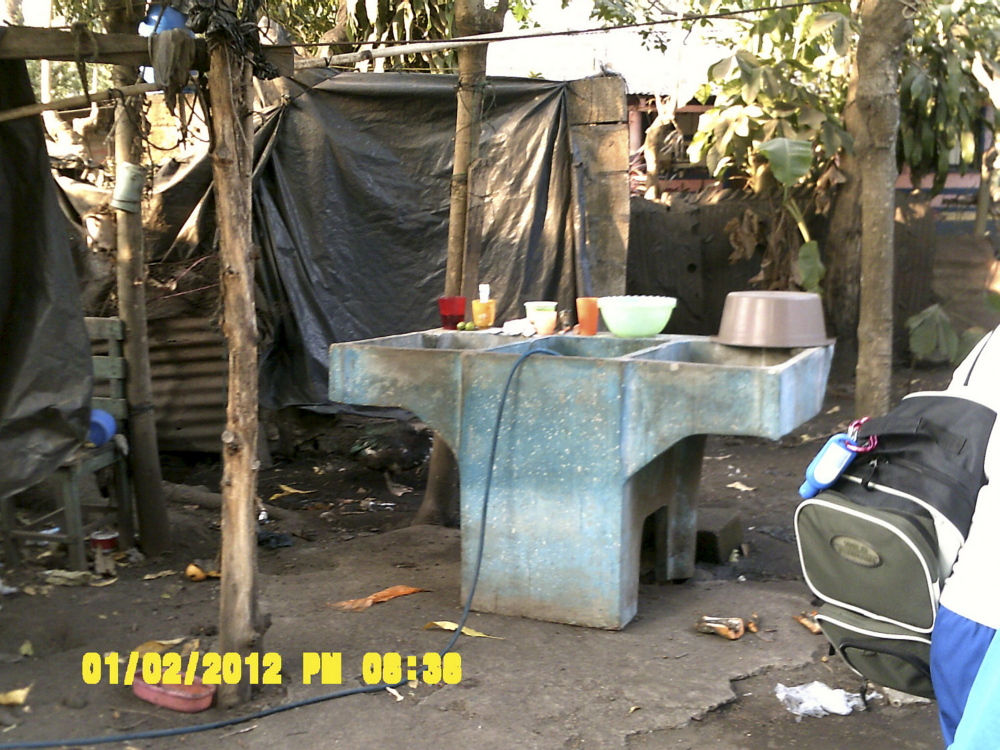
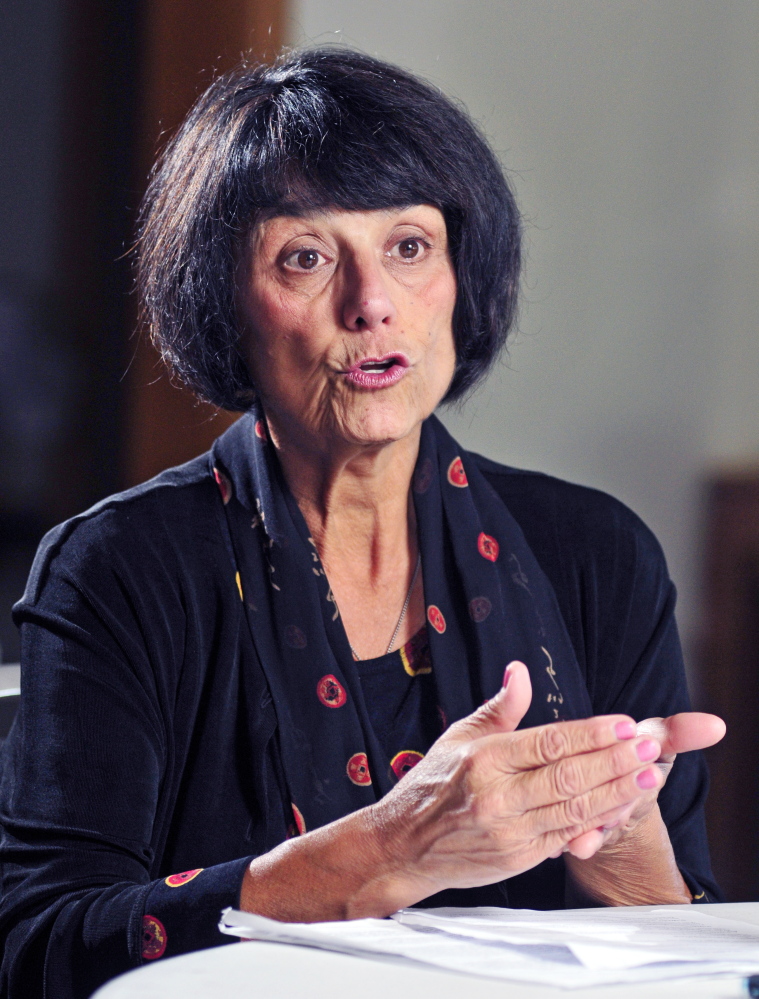
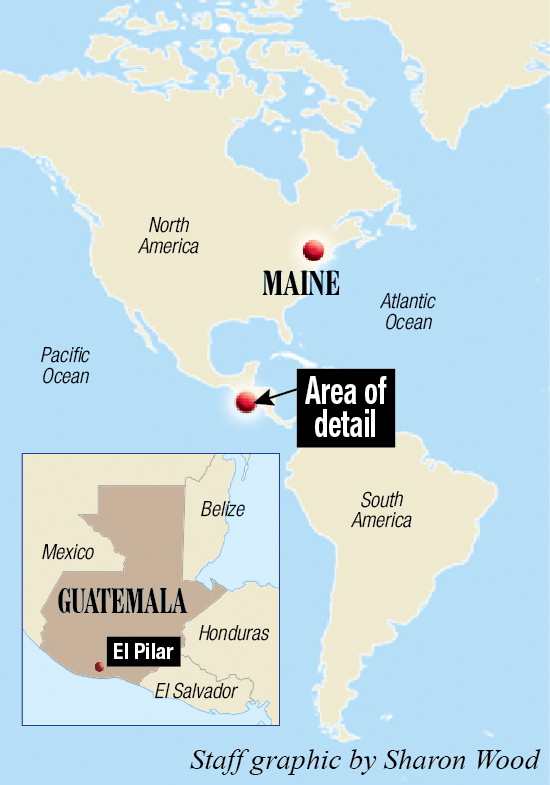
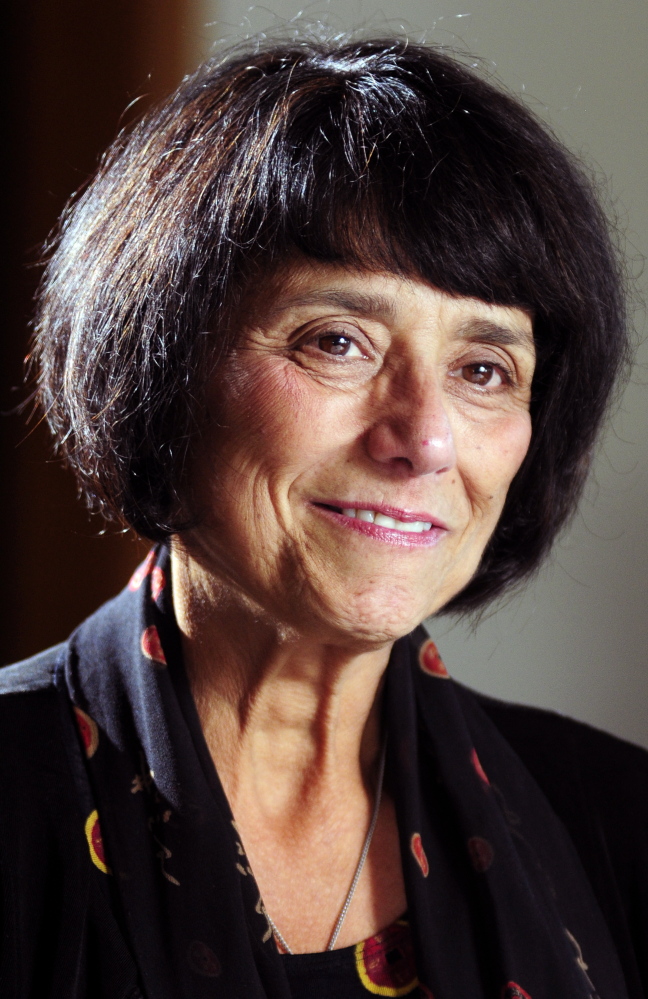

Comments are no longer available on this story